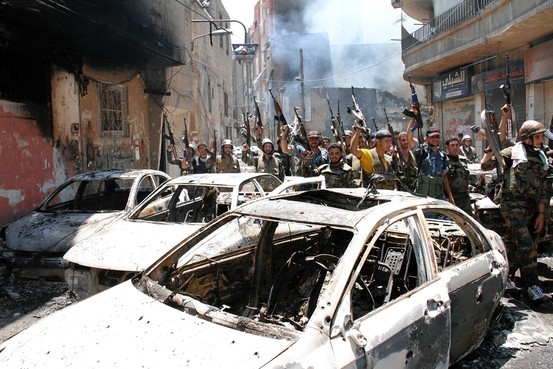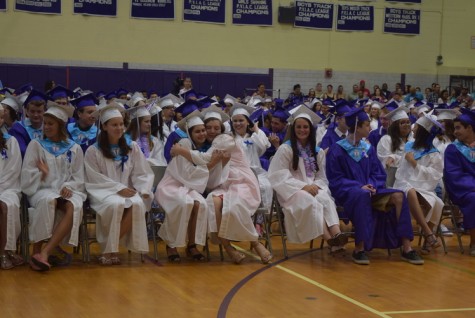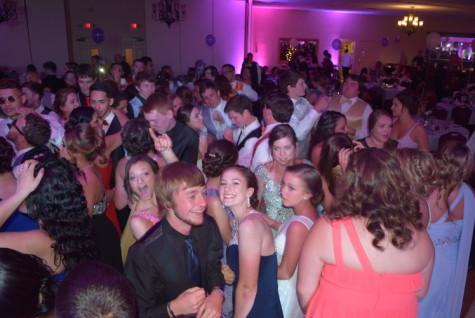Spotlight on: Syria
Syrian conflict overseas leaves some confused at home.

Many have been wondering: what’s the big deal with Syria? Here are the basics: Syria is a small country, only about the size of New England, and has a population of 22.5 million people. On the heels of the Arab Spring, a wave of revolutionary protests in the Middle East, protesters wanted to oust president Bashar al-Assad due to the lack of long-promised political and economic reform. They held anti-government protests to start their own country’s reform. The Syrian government responded brutally, with hundreds of protesters being arrested and tortured to quash the anti-government sentiment. Rebel forces grew, and the Free Syrian Army, or FSA, formed and war broke out in early 2011. Over 100,000 people have been killed in the nearly three year long war, and more than one million citizens have fled the country seeking refuge.
On August 24, 2013, however, the tone of the war completely changed. Chemical weapons were used against civilians, killing about 1,400. Neither the Syrian government nor rebel forces have taken the blame for the attack. Both the Syrian regime and the FSA, who is backed by groups linked to terrorist organizations such as Al-Qaeda, are torturing, raping, and killing civilians. The conflict seems to be going out of control, and the United Nations has recently stepped in.
The U.N. reached an agreement this past September 27, stating, “that no party in Syria should use, develop, produce, acquire, stockpile, retain, or transfer chemical weapons.” Teams specialized in dismantling such weapons have been sent out to Syria to begin the long process.
Disarming Syria of its chemical weapons is only a minor factor in this war, where the majority of casualties are killed by common weapons such as guns. There has been no outreach from either side involved for a diplomatic end to the war, and it seems that there will not be one in the near future. Source: Reuters













